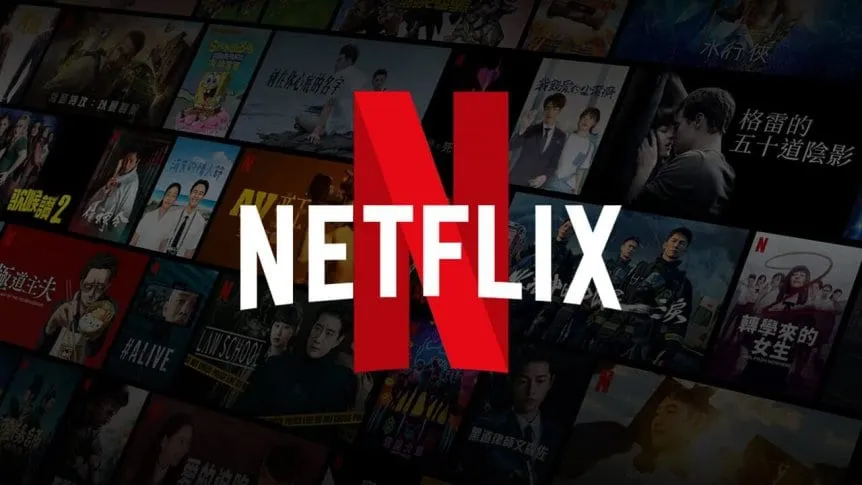Netflix, the global streaming giant, has experienced significant growth in its subscriber base, with nearly 9 million new subscribers joining during the third quarter of this year.
This impressive performance has sent the company’s shares surging by 13%, defying expectations and pointing towards the continued dominance of the streaming platform.
Read also: Netflix to discontinue its free service in Kenya amid intense competition
Global Growth and Local Stories
Netflix makes the bulk of its content overseas, which significantly contributed to its new subscriber numbers. The global success of its live-action adaptation of the Japanese manga series “One Piece” highlights the company’s strategy of investing in stories with local resonance that can appeal to international audiences. The streaming service has also successfully attracted viewers to long-running television shows, like the legal drama “Suits,” and HBO’s World War Two series “Band of Brothers.”
Ted Sarandos, Netflix’s co-CEO, emphasised the importance of the company’s rich and diverse content catalogue in managing unpredictable production interruptions, a scenario experienced during the COVID pandemic and the current Hollywood labour tensions.
Positive Response and Higher Prices
Netflix announced a price increase in the United States, United Kingdom, and France. Despite this price hike, the company experienced a surge in its shares, reaching $390.80 in extended trading from a close of $346.19. Paolo Pescatore, an analyst at PP Foresight, attributed this growth to Netflix’s efforts to crack down on password sharing and its expansion into advertising.
Netflix now boasts a global subscriber base of 247 million users, with substantial growth in Europe, the Middle East, and Africa, where nearly 4 million new subscribers were added in the third quarter. More than 70% of Netflix’s members reside outside the United States, highlighting its international appeal.
Competitive Evolution and Licensing Opportunities
The streaming service has noted its ability to licence hit titles, with “Suits” becoming the most-watched title across film, original TV, and acquired TV on streaming in the U.S. for 12 consecutive weeks. The ability to secure such titles indicates potential opportunities for Netflix as the competitive streaming landscape evolves.
The company reported revenues of $8.54 billion in the third quarter, aligning with analyst predictions, and earnings of $3.73 per share, exceeding Wall Street’s expectations of $3.49. However, the company’s fourth-quarter revenue forecast of $8.69 billion was slightly below analysts’ estimates of $8.77 billion.
Strikes by writers and actors prompted Netflix to revise its content spending projections, reducing it to $13 billion for 2023, assuming labour disputes are resolved “in the near future.” This reduction from the initial estimate of $17 billion highlights the impact of ongoing labour issues in the entertainment industry.
Netflix continues to dominate viewership, with its programming accounting for 8% of television screen time, second only to YouTube, according to Nielsen data. This enduring popularity solidifies Netflix’s position in the streaming market.
Netflix’s robust Q3 performance, despite labour tensions in the entertainment industry, demonstrates its ability to engage audiences with its vast content library, emphasising its ongoing appeal to subscribers worldwide.
Evolution of Netflix: From DVDs to Streaming Dominance
Netflix, founded in 1997 by Reed Hastings and Marc Randolph, initially focused on DVD rentals by mail. Its innovative subscription model disrupted traditional video rental stores. As the internet matured, Netflix transitioned to online streaming in 2007, enabling instant content access. By producing original series like “House of Cards” in 2013, Netflix aimed to create exclusive, compelling content. International expansion in 2010 transformed it into a global streaming giant, serving 247 million subscribers in 2023. It diversified beyond the U.S. market and adapted to consumer preferences, securing its position as a major player in the entertainment industry.
